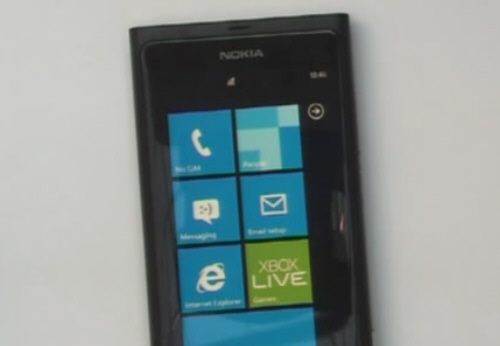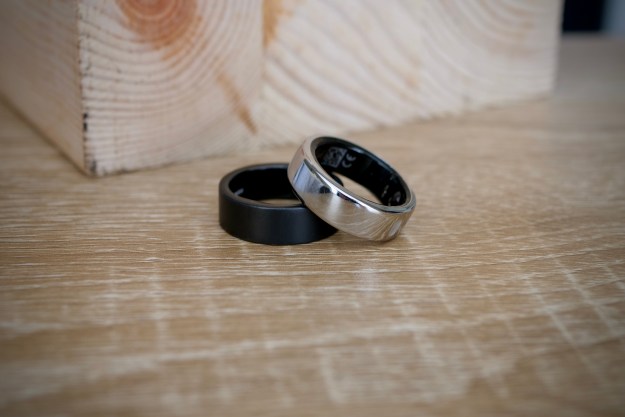 Earlier this year, the first Nokia Windows Phone 7 model concept designs were leaked, giving us a look at what we could possibly expect in October. Apparently Nokia is doing a pretty bad job keeping the unit under wraps as a Hungarian tech site claims to have a video featuring what is internally known as “Sea Ray.”
Earlier this year, the first Nokia Windows Phone 7 model concept designs were leaked, giving us a look at what we could possibly expect in October. Apparently Nokia is doing a pretty bad job keeping the unit under wraps as a Hungarian tech site claims to have a video featuring what is internally known as “Sea Ray.”
To make what looks like a leak even more embarrassing, the video opens with CEO Stephen Elop asking everyone at the meeting to put away any recording devices, as the information present was “super-confidential…and we do not want to see out in the blogosphere.” Oops.
Elop then introduced Sea Ray, the first Windows Phone 7 from Nokia. It’s Mango-based and has a Gorilla Glass protected screen, pillow-shaped back, and an 8-megapixel camera with dual-LED flash that can be used via the right-side button. If the description and images remind you of something, they should: The phone is quite similar to the just-released N9. The N9, the first and last MeeGo phone, was introduced earlier this week and the two handsets have a lot of in common – of course, aside from their operating systems. Other subtle differences include LED light placement as well as one small hardware difference: the dedicated side button for photo-taking, a WP7 requirement.



